After a week in Aberdeen it was time to move on. So while waiting for the ferry, I took a stroll over the river Dee. It’s June and UK Cancer Research month so, as a survivor, I’m trying to do my 10,000 steps/day average.
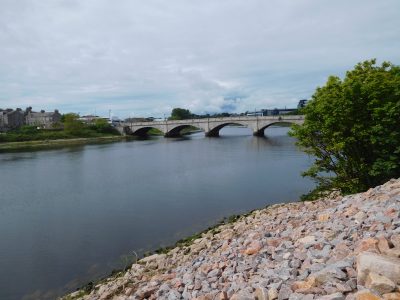
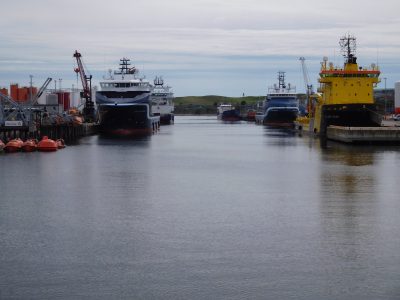
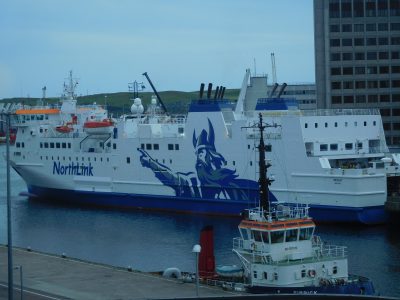
Once onboard the ferry I dropped my bag in the pod I’d spend the night in. More comfy than I would have thought and @£18/$23 with shower access, a cheap hotel. We left Aberdeen at 5pm and arrived in Lerwick at 7:30 AM. The trip was under £50/$64 each way with pod
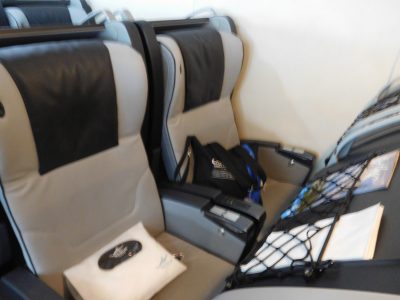
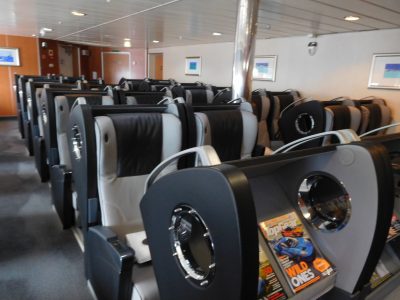
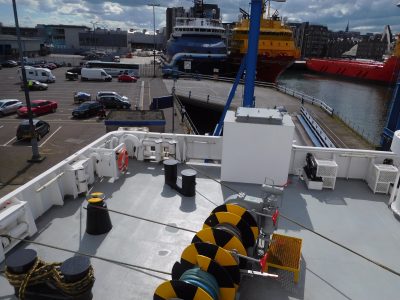
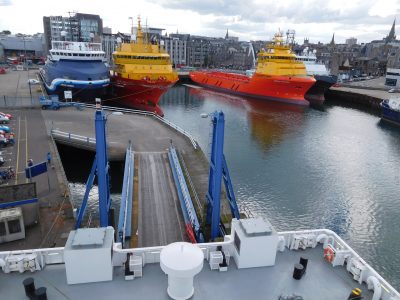
Along the way we saw ships with helo pads
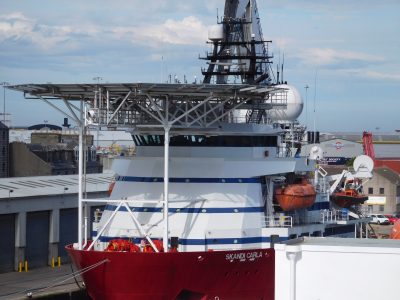
Light houses
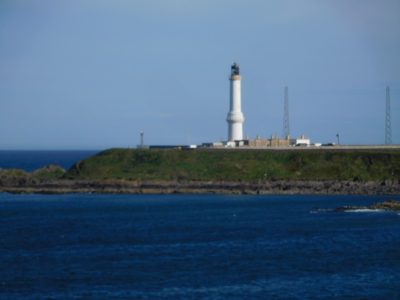
Rainbows
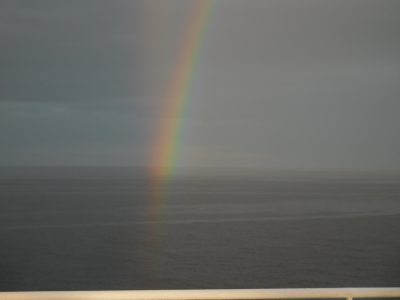
and long corridors
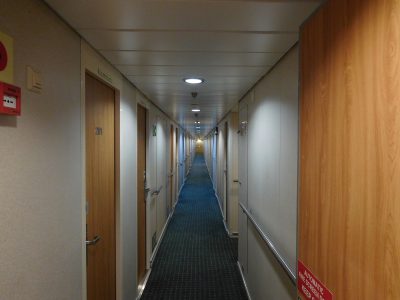
Biggest boat I’ve been on so far. 410’/125m long, 66’/20m wide, draught of 5.4m/18′ and up to 24knots/hr. 13 hours later after a quick stop in the Orkneys that I slept though I saw the Shetlands. At latitude of 60° I’m now 600 miles north of London the same as Anchorage & St. Petersburg.
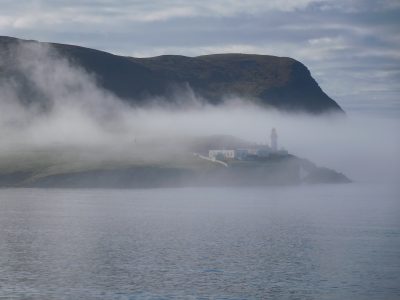
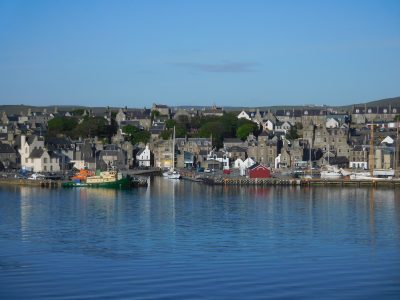
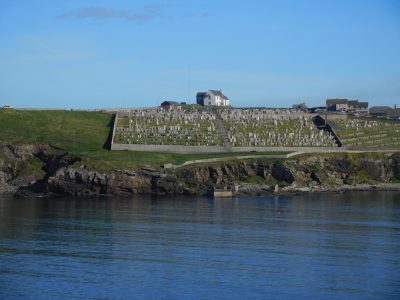
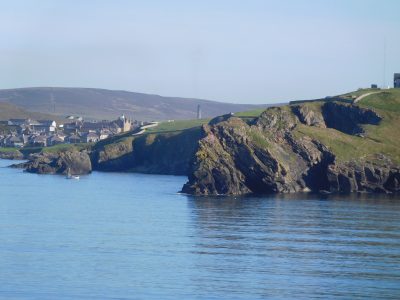
Since I was in Lerwick at 8AM and my hotel in Sandwick had a 3pm check in I decided to explore the capital of the Islands. I wandered along the coast toward the town center stopping along the way to simply sit on benches and enjoy the views.
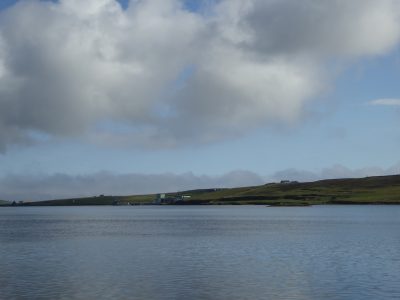
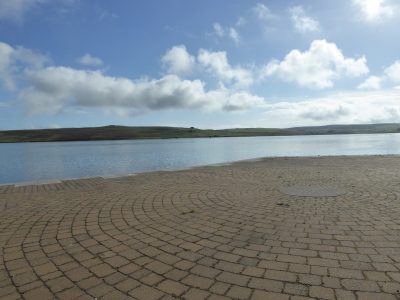
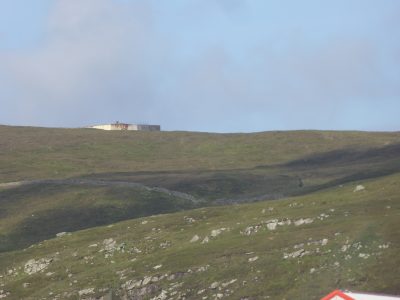
By 9AM things were starting to awake and when I saw Fort Charlotte I had to visit. A great early defense of the harbour.
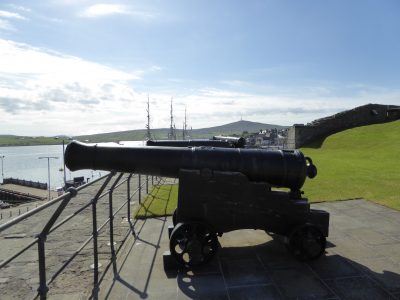
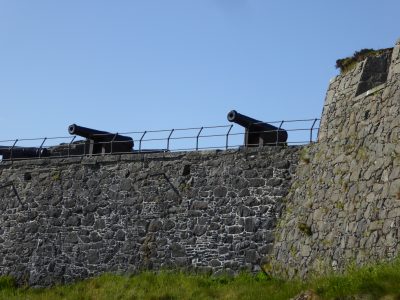
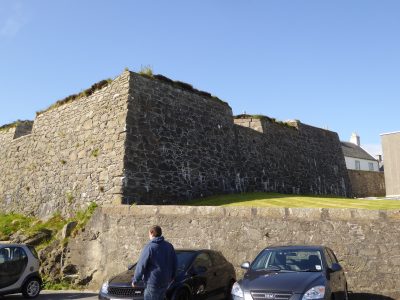
There were a couple of nice boats in at the docks and one large sailboat coming in.
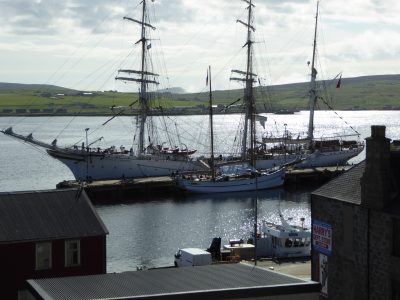
Based on the name and the conversations between the crew I figure this one came from France.

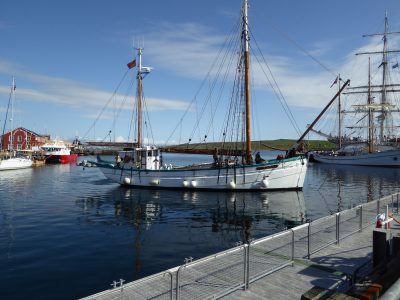
At the visitor center I found a map for walking the town broken into 3 parts the total being 4.1 miles. So up Commercial St. with it’s flag-stoned street the first point of interest was the Old Tollbooth building now the local HQ for the Royal National Lifeboat Institute and the fund raising goat.
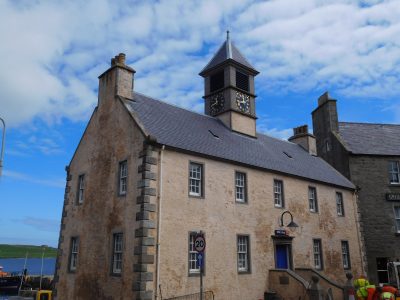
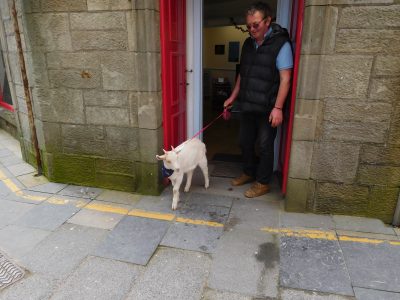
Nest I was the Lodberrie (a Norse word describing a flat rock where boats could tie up and offload) building is where ships would have docked at the long gone jetty. Tucked between the building here was the nice, sandy Bain’s Beach.

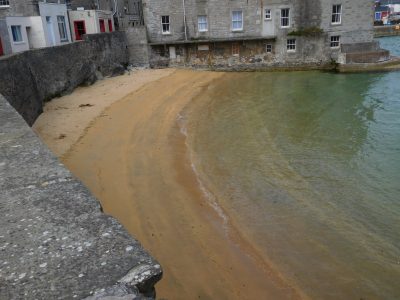
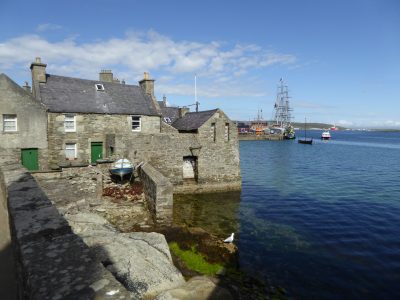
Look closely at this garage, the roof is an old boat! Not a lot of trees on the Shetlands so wood was a premium and not to be wasted. When you see more photos in following posts, try to find a tree that is not in someone’s yard. There are none as nowhere is more than 3 miles from the sea and the air and soil are salt-saturated. Only having 3 months that are frost-free adds to the problem.

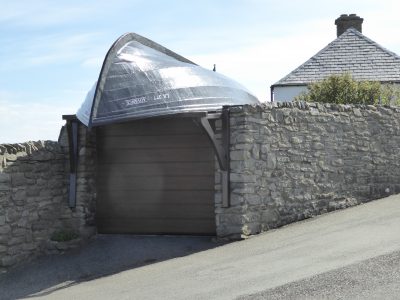
At the end of this road there is a coastal path past the cemetery seen from the boat earlier with some very dramatic views and the remains of concrete WWII defenses.
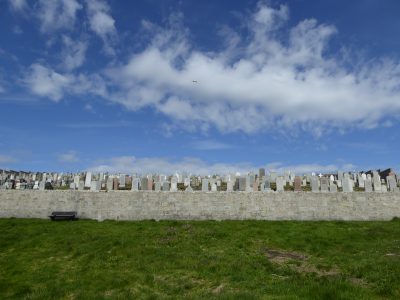
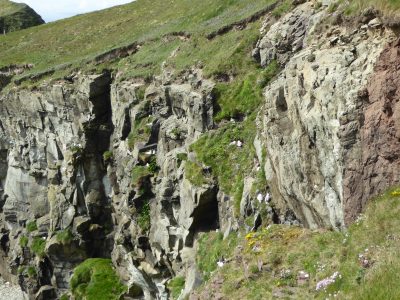
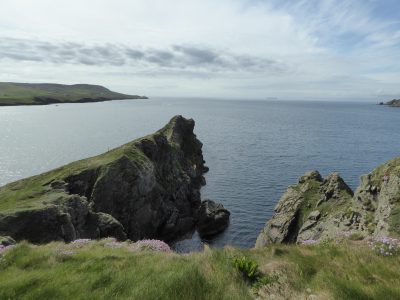
I saw a relatively rare Hooded Crow that seemed to be chasing gulls away but unfortunately as it drove one away a Carrion Crow snuck in and appeared to snag a chick as it flew off wit something pink in it’s bill.
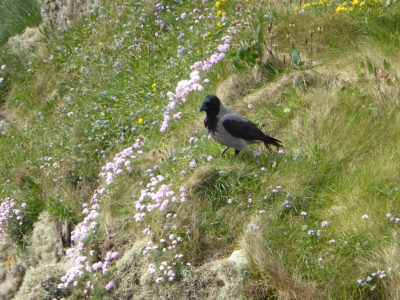
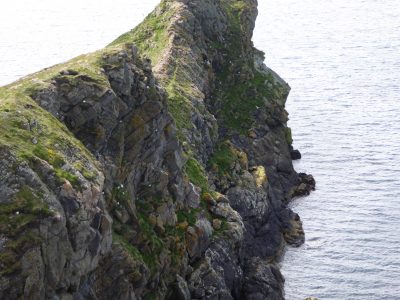
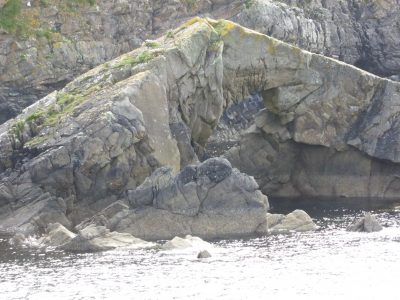
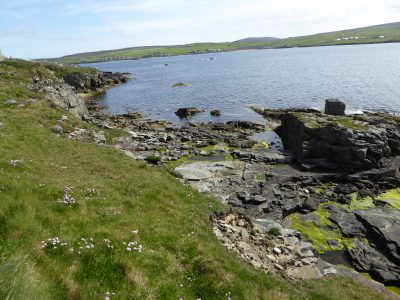
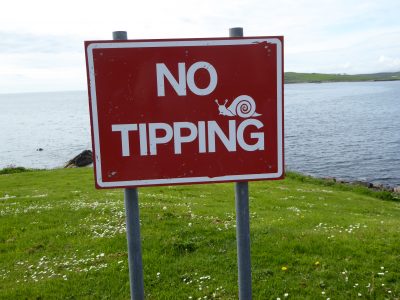
I had to ask about this cliffside sign. Tipping is the Scottish expression for dumping refuse into the sea.
This part of the coast is sandstone that dates to 400m years ago when it would have been the base of the Caledonia Mountain range now in the Scottish highlands in what was then the super continent of Pangea.
Soon I came upon the Broch of Clickimin a dry built (no concrete or mortar) structure of unknown use about 2000 years old. Watch “yer heid!” Duh! that hurt! Can’t limbo or even duck very low any more.

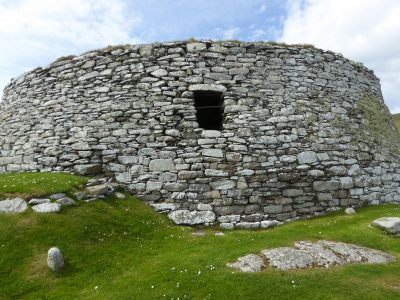
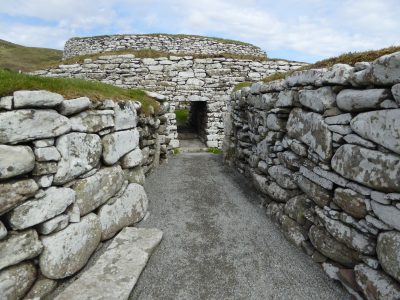
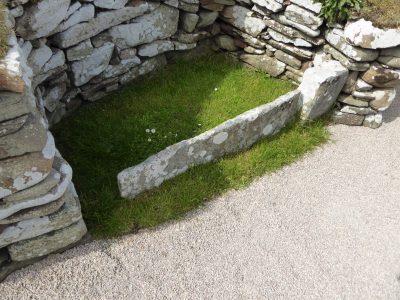
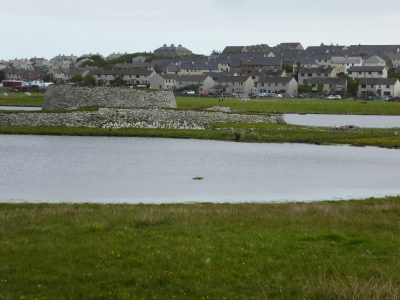
And no, those are not pygmy ponies as I’m not in Montana where apparently one can be arrested for assaulting a journalist, slamming him to the ground and punching him, breaking his glasses and still be elected the Republican congressman. No I’m in Shetland and those are the ephomiously named ponies. Study little critters used more for load bearing than riding. They wee once used to haul coal out of mines.
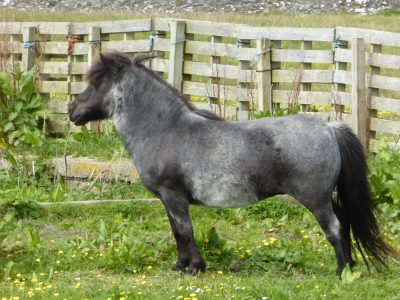
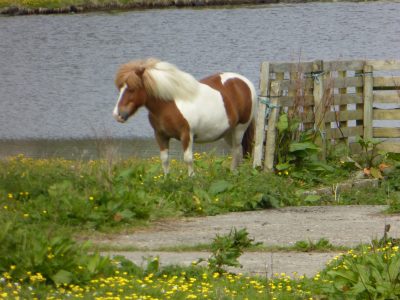
Saw a couple interesting boats in the harbor. The first is small by the standards of deeper ports.
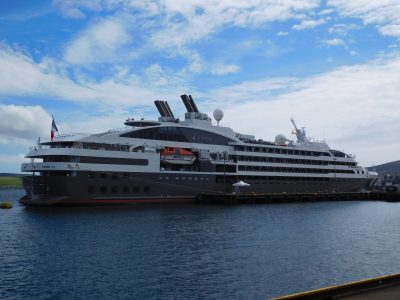
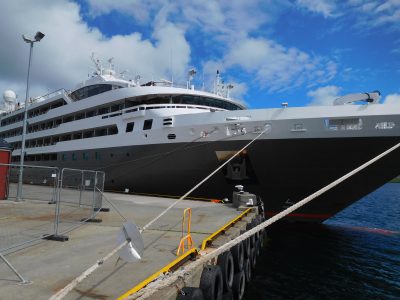
And the second is cool by any standard.
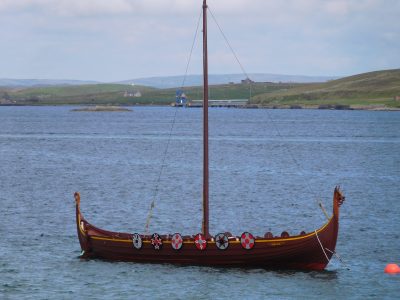
Off to check out the Lerwick Museum
{ 0 comments… add one now }